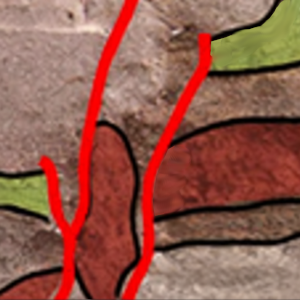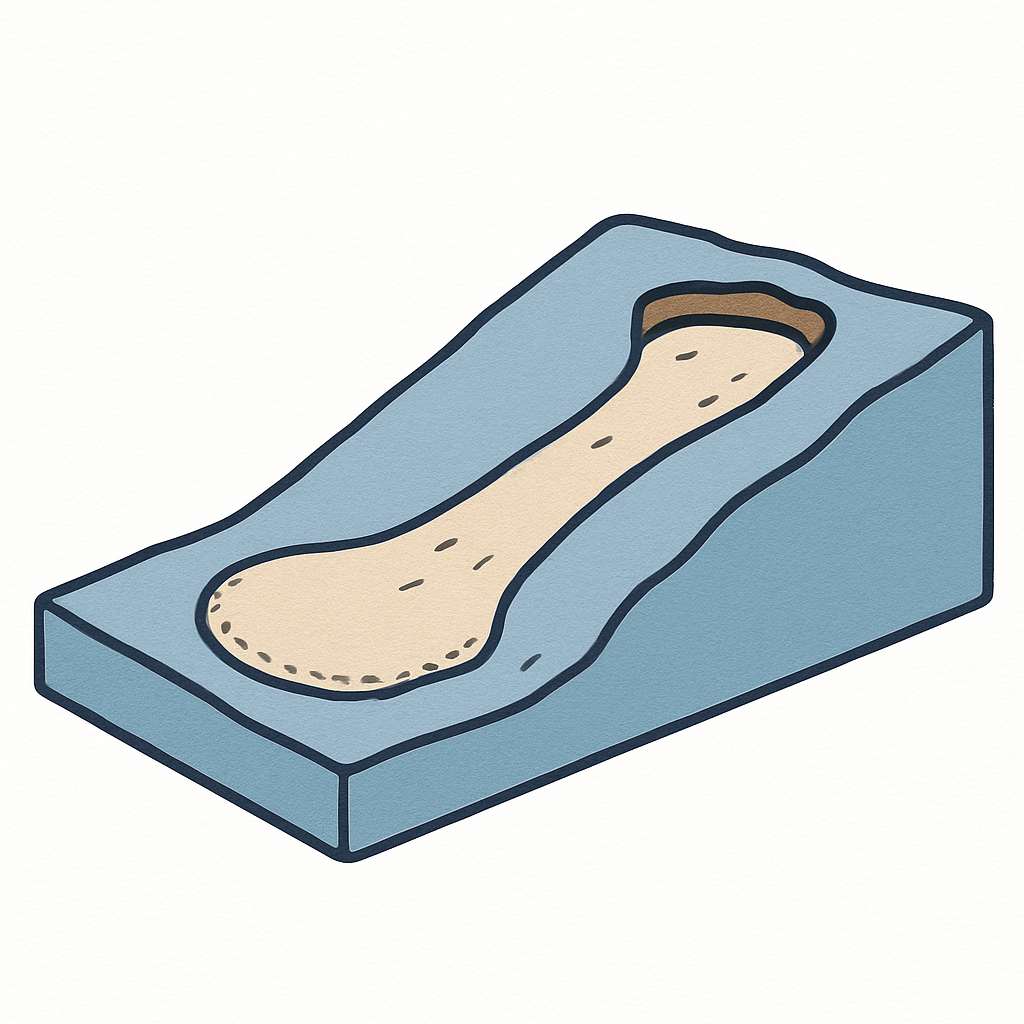18 March 1068 CE Earthquake











Several authors — including
Abu Ali ibn al-Banna,
Mawhub ibn Mansur ibn Mufarrij,
Sibt ibn al‑Jawzi,
al‑Dhahabi, and
as‑Suyuti — report that
Ayla was destroyed during the
18 March 1068 CE Quake(s). Most accounts state that all inhabitants perished.
According to Abu Ali ibn al-Banna and Sibt Ibn al-Jawzi, only twelve men
who had gone fishing survived. Some authors also describe an unlocated
tsunami during the
18 March 1068 CE Quake(s). Given the account of the fishermen—who may have been far enough
from shore to avoid the tsunami surge—it is plausible that the
wave struck Ayla.
Supporting evidence for a tsunami at
Ayla in 1068 CE comes from a basin-wide, synchronous turbidite which was
identified in 17 of 18 R/V Thuwal cores from the
Gulf of Aqaba, with
Probability Density Function (PDF) age models clustering to ~1050–1150 CE
(1σ) (
Bektaş et al., 2024:12). Such widespread, near-contemporaneous
sediment gravity flows are best explained by a large multi-segment
earthquake that triggered submarine slope failures — a recognized tsunami
source in narrow, steep-walled gulfs like Aqaba.
Bektaş et al. attribute these turbidites to the
1068 CE earthquake(s) and infer rupture along the Eilat, Aragonese,
Arnona, and probably Tiran faults. Additional rupture of the southern
Araba fault is supported by paleoseismic data from the
Elat Sabhka Trenches,
Shehoret & Roded Alluvial Fan Trenches,
and the
Qatar Trench,
implying a rupture length of at least ~200 km
(
Bektaş et al., 2024:12). A rupture of this scale, much of it offshore,
provides a credible mechanism for tsunami generation: shaking-induced
submarine landslides displaced water, while widespread seafloor
deformation amplified wave energy toward the head of the gulf, where
Ayla was located.
al-Tarazi and Khorjenkov (2007) note that excavator Donald Whitcomb
identified a destruction layer associated with this earthquake, which he
believed led to the abandonment of Ayla due to its devastation. This
destruction was discovered in contexts dating to the
Fatimid period (1050–1116 CE).

